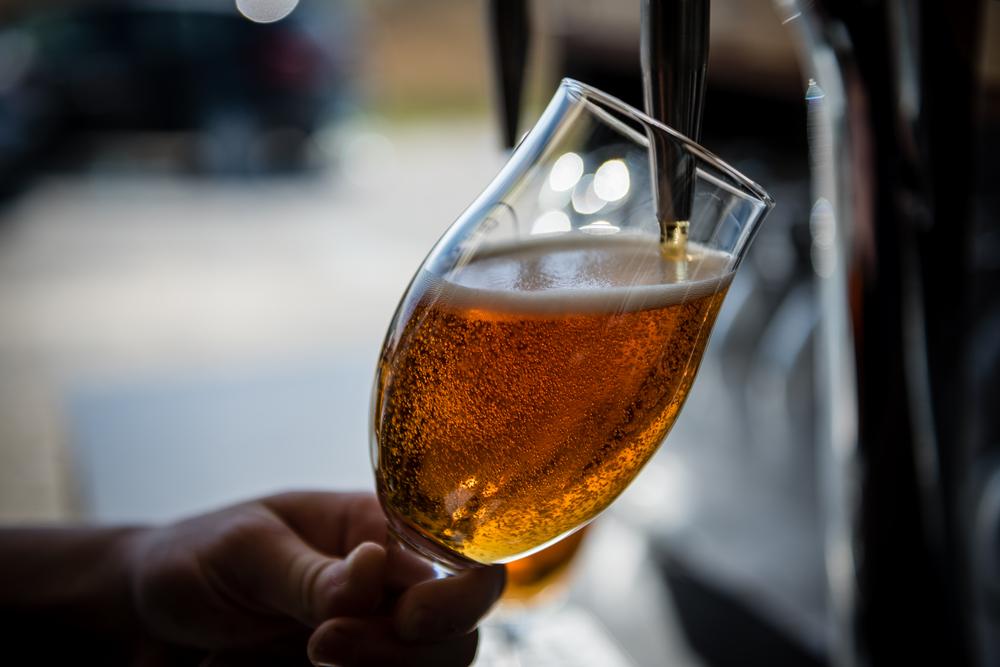With craft brewers giving the “beer giants” a run for their money, many bars & restaurants have added more kegs and more taps to meet consumer demand, and that has led to a more savvy beer-drinker interested in the delicate nuance of craft-brewed flavors.
To woo these customers, craft brewers painstakingly produce, finish and package a pride-worthy beer with a distinctive character. Designed to deliver “spot-on flavor” from the first sip to the last, if quality beer on tap tastes “a little off” or in some cases “not very good at all”, the beer line, not the beer, may be to blame.

Whether from a build-up of minerals & salts from raw ingredients (most commonly called Beer Stone), yeast, mold or bacteria, beer lines need to be cleaned on a routine basis to ensure “brewery-fresh” pours every time. Without proper maintenance, a dirty beer line can ruin the flavor of beer in just a few seconds it takes to travel from the keg to the tap.
Line cleaning chemicals used to clean beer lines are either acidic with a low PH or alkaline with a high PH depending on line conditions and the type of system in need of cleaning. Acidic line cleaners dissolve “beer stone” which are the minerals & salts found in the raw materials, grains, and water used in the brewing process. Alkaline cleaners dissolve proteins, carbohydrates, hop resins and bio-films and also kills mold, bacteria, and yeast.
Applied using pressurized cleaning or re-circulating methods, both acidic and alkaline cleaners can be dangerous if not handled or used properly. Recommended for use every 14 days (or every 7 days if beer is a sales leader), use safety protection such as eye-goggles and rubber gloves when handling line-cleaning chemicals, and always follow directions printed on the package. Not sure which line cleaner or cleaning method to use? Consult with your beer system supplier for recommendations.
No matter which cleaning method you ultimately choose, manufacturers generally recommend a three-step cleaning procedure that involves an initial flush, a period of soaking followed by a final flush. It’s also important that keg couplers and faucets also be cleaned during this time to ensure thorough sanitation.
From small craft breweries to major manufacturers, all beer producers place a high value on proper beer line cleaning, not only for safety’s sake but also because they realize the negative impact that can be caused on their products, reputation and sales with repeated “bad pours.” Meticulous bar & restaurant owner/operators also insist on regular line-cleaning to ensure customers are being served a fresh and clean beer every time. It will not only satisfy customers’ expectations; it will likely have them coming back for more!
Interested in learning more about beer system maintenance, need repairs or want to install a new beer system? If you’re based in California, give us a call. Tognazzini Beverage offers the latest beverage equipment AND also provides maintenance and repair services on all machines, even if you didn’t buy them from us. Contact us at 800-549-1144 or use our convenient contact form. for an equally speedy response.
